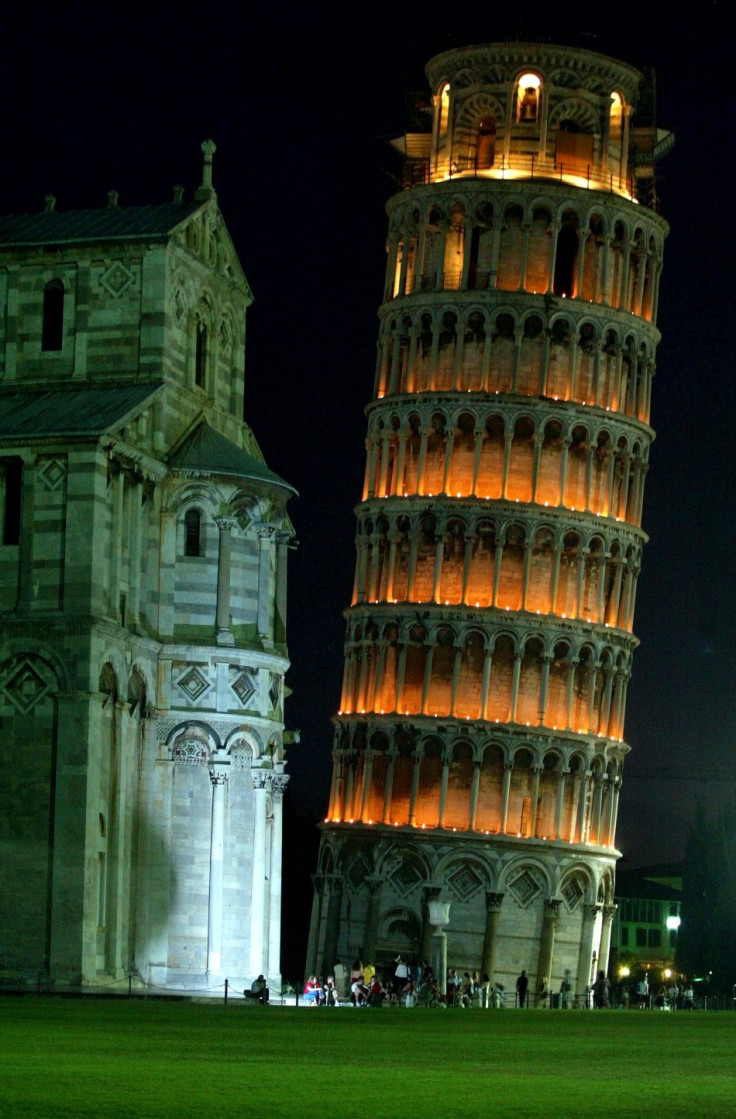Mafia Plotted to Blow Up Leaning Tower of Pisa

The Mafia prepared explosives to blow up the Leaning Tower of Pisa in an audacious plot hatched during its campaign of terror against the state, a Palermo court has heard.
The plan was hatched in 1992, when the crime syndicate targeted judges, police officers, civilian targets and cultural landmarks in response to a crackdown on its operations.
On Wednesday, supergrass Gioacchino La Barbera told a court that terrorist Paolo Bellini had suggested targeting the famous tower to Mafia chiefs.
Bellini, known as The Black Primrose, told boss Nino Gioe that bombing cultural landmarks would have a greater impact than attacking civilians.
"Just imagine. What if Pisa woke up and the Tower wasn't there?" he said.
The church of St. John Lateran, St. George in Velabrum in Rome and the Academy of Georgofili in Florence were all damaged in bomb attacks during the campaign.
Explosives were prepared for the attack on the tower, but after a series of arrests in 1993, including that of Sicilian godfather Toto Riina, the plans were shelved.
A bounty was also placed on the head of anti-Mafia squad police chief Sergio De Caprio, who arrested Riina.
The mayor of Pisa said Italy must "remain vigilant" to ensure the security of its national monuments, and that the Leaning Tower would now become a symbol of the fight against criminality.
"These are chilling revelations," he said. "That the blind criminal brutality of the Mafia had put in place plans for a strike on the Leaning Tower, the bell tower of our Cathedral, the symbol of Italy in the world and a world heritage site is the clearest sign of their character.
"This is the same hatred with which they have scarred other monuments and carried out massacres."
La Barbera was speaking at a trial in which it is alleged that officials representing the Italian state struck a peace deal with the mafia in the early 1990s, allowing some members to serve custodial sentences at home or in hospital, in exchange for information on the location of stolen artwork.
The 12th-century tower leans to the right as it was partly built on soft earth. It attracts approximately six million visitors to Pisa annually.
© Copyright IBTimes 2025. All rights reserved.






















